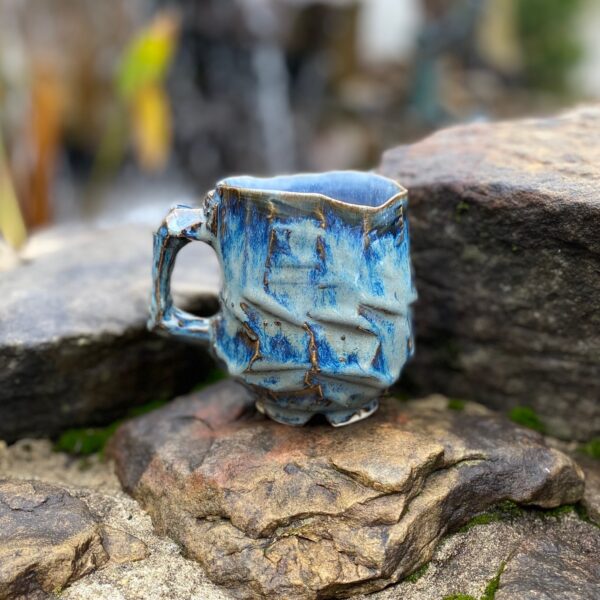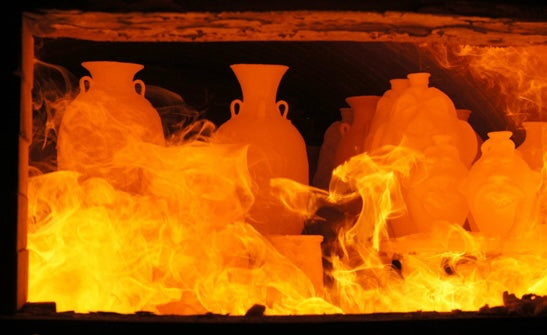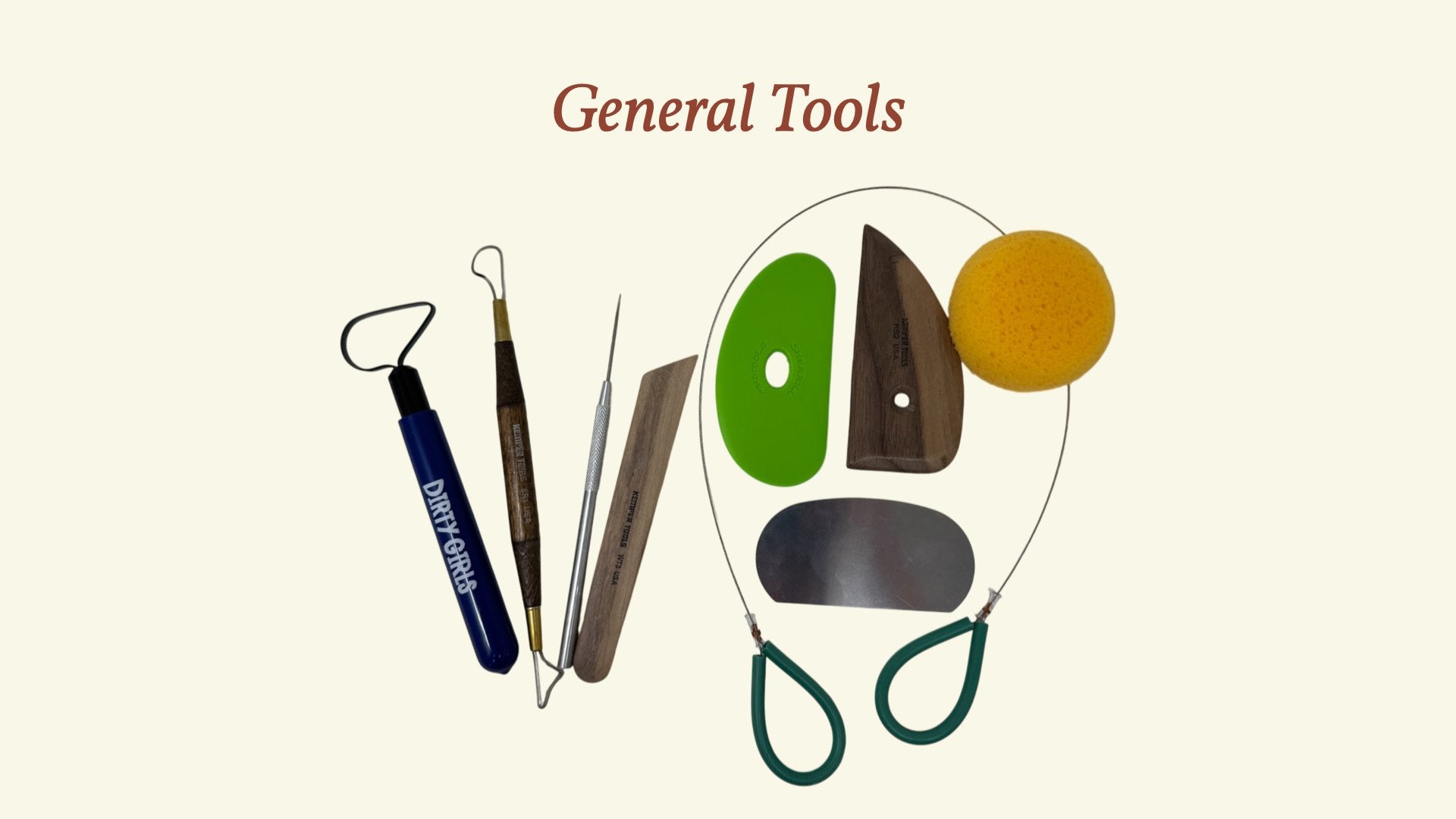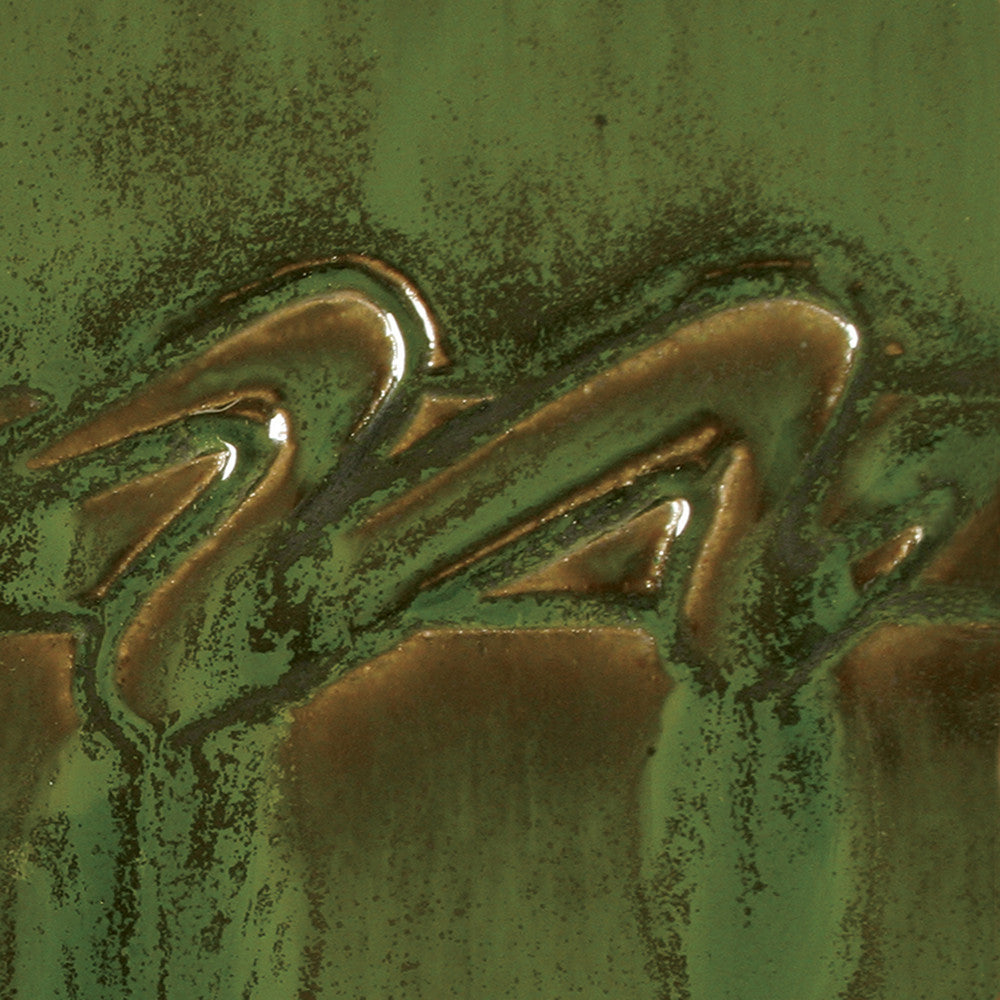Terra Sigillata is a decorating material that can be used in ceramics, but does not often get used due to the making process. But I’m here to tell you: it is not as hard as it sounds! Anyone can do it!
Terra sigillata is used (typically) in low fire ceramics and is applied to bone dry clay before firing. It’s pretty close to a slip in the concept of it but it will come out slightly glossy! Terra sig can also be burnished for a further gloss. Terra sig is very popular in raku firings to apply horse hair on top of. it is important to note that while it is semi-glossy, it is not food safe on its own.
Terra sigillatta can be fired to a higher temperature than a cone 04, however it will lose it’s glossiness, but could still have interesting results (just requires further testing).
When I have made Terra sig, I have used this recipe found on Glazy from Maine College of Art and Design. This recipe has been great and has some information about adding colorants to the sig in the description!
Anyway, this recipe calls for 70% water, 30% ball clay (OM4 works great), and 0.2% sodium silicate. Mix these ingredients in any see-through container and, if you can, blend it really well for a minute or two with an immersion blender. Allow it to sit, unmoved, for 20 hours.
After 20 hours, you should see three distinct sections of the mixture. The bottom layer is all of the heavy particles that have fallen to the bottom of the mixture. The top layer is mostly water.
The middle layer is the terra sigillatta, the fine particles that have not settled out yet.
Use a tube to siphon out the middle layer. Place one end of the tube in the layer, press it against the side of the container to see where the tube is, and suck on the other end of the tube until the siphon can start. It is helpful to place the terra sigillatta on a table and the new container on the floor to help with the siphoning.
After starting the suction there’s a point where the liquid will start to flow and you can just angle the tube down to let gravity do the rest but it takes some getting used to so don’t fret if you don’t get it on the first try!
Make sure not to get any of the other layers into your siphoned terra sigillatta, as they will not come out the same.
After siphoning, dispose of the other layers and keep your terra sig! At this point, it is just a white, opaque sig. You can add mason stains or oxides for more colors!
You can see more recipes for terra sigillatta and coloring them here.
Haley Stanaford is currently a Post Baccalaureate student in ceramics at the University of Kansas where she is currently taking a Clay and Glaze Formulation taught by Colby Charpentier in addition to her studio practice. She also is a Sales Representative at Bracker’s Good Earth Clays in Lawrence, Kansas.








